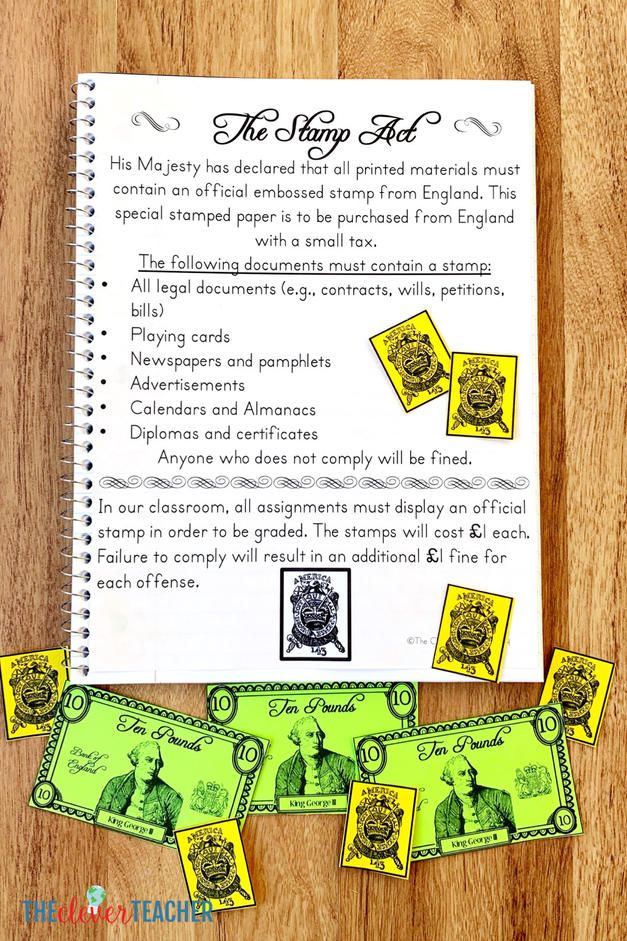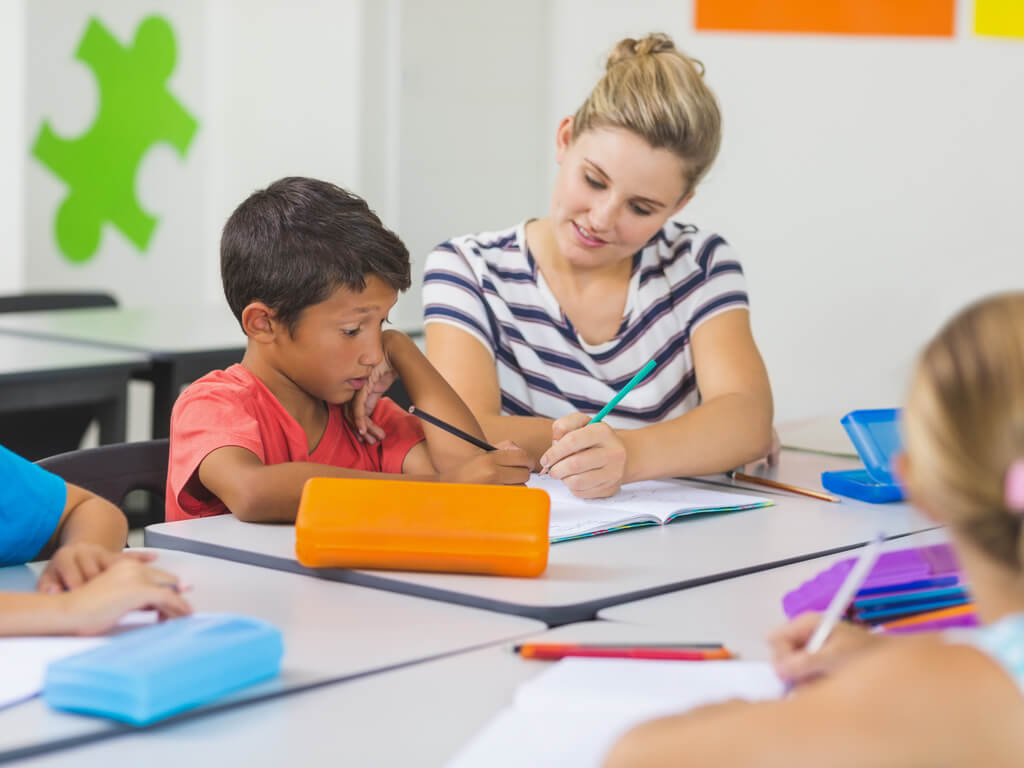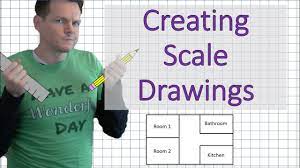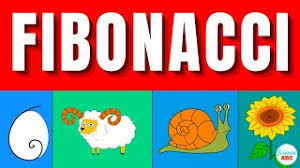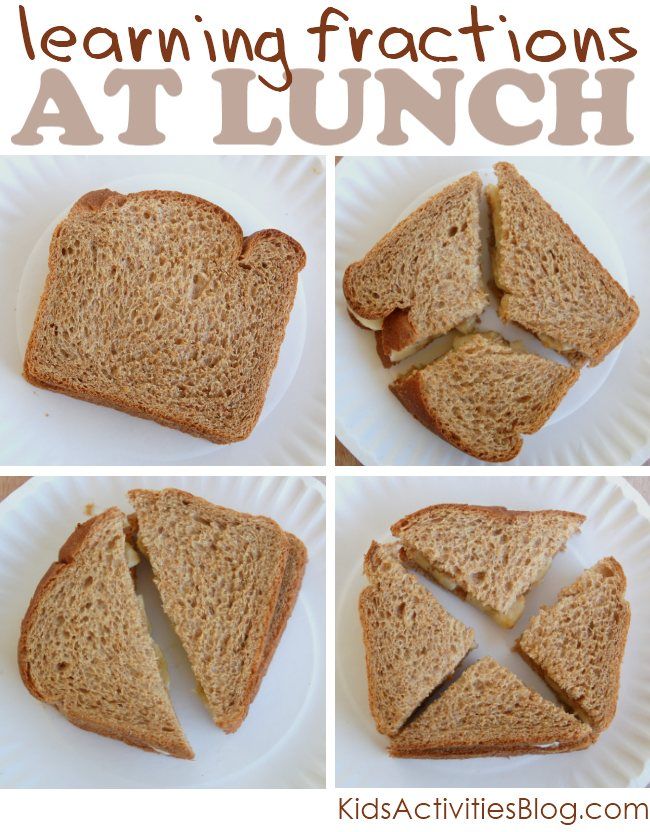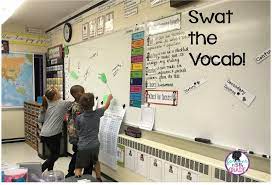Geometry transformations can be a challenging topic for students to grasp. However, with these 20 engaging activities, learning about translations, rotations, reflections, and dilations will be a breeze! Incorporate these ideas in your geometry lessons and watch your students’ understanding and enjoyment of mathematical transformations soar!
1.Transformation Tic-Tac-Toe: Have students create a 3×3 grid and draw different shapes in each box. The goal is to achieve three transformations in a row: a translation, rotation, or reflection.
2.Geometrical Scavenger Hunt: Send students on a scavenger hunt around the school or classroom to find different objects that showcase the various types of transformations.
3.Create Your Own Pattern: Have students design their own patterns using at least three different transformations.
4.Dance It Out: Assign specific dance moves to each type of transformation and have students perform them together for a fun and memorable lesson.
5.Geometric Origami: Teach students how to make paper cranes or other origami figures that involve translations, rotations, and reflections.
6.Transformation Charades: Have one student act out a transformation while the others guess which type it is.
7.Smartphone Photography Challenge: Encourage students to take photos that display geometric transformations in real life (e.g., trees reflecting in water).
8.Tessellation Tiles: Show your students how to create tessellations using translations, rotations, or reflections with simple geometric shapes like triangles or hexagons.
9.Mapping Points on a Coordinate Plane: Students plot points on graph paper and then perform various transformations to those points following specific instructions.
10.Interactive Online Games: Utilize websites that offer interactive geometry transformation games for individual or group practice.
11.Cookie Cutter Transformations: Use store-bought or homemade cookie cutters to demonstrate translations, rotations, and reflections with dough.
12.Transforming Art Project: Create a collaborative art piece in which students use geometric transformations to alter an image or series of images.
13.Transformation Relay Race: Set up a racecourse where students must complete various geometry transformation challenges along the way.
14.Mirror Play: Armed with small handheld mirrors, have students explore how different shapes and objects can be transformed through reflection.
15. Geometric Flip Books: Have students create a flip book that demonstrates a series of transformations on a specific shape.
16.Transformation Bingo: Create playing cards with various transformations on them and call out scenarios for the students to mark on their cards.
17.Lego® Transformations: Use Lego® bricks to build different shapes and demonstrate how they can undergo various transformations.
18.Geometric Puzzles: Solve puzzles involving sliding, rotating, and flipping geometric figures to fit within particular boundaries.
19.String Art Transformations: Students create string art designs by connecting points on a pegboard, then applying transformations to their artwork.
20.Optical Illusion Exploration: Discuss and analyze the role of geometric transformations in creating optical illusions and visual paradoxes.
Incorporating these engaging activities into your geometry lessons will help students develop a deeper understanding and appreciation for geometry transformations. Plus, they will have a blast while learning!
